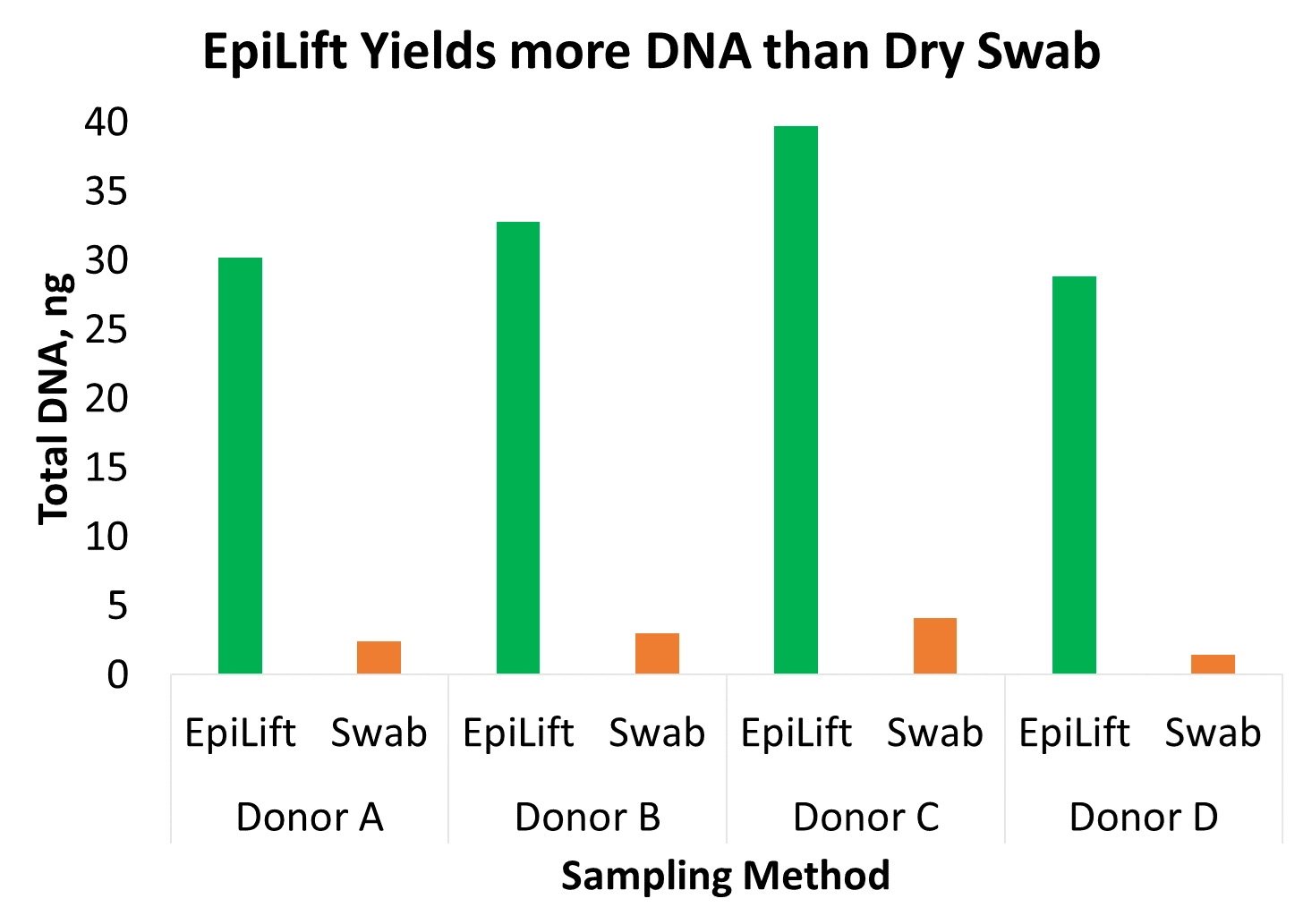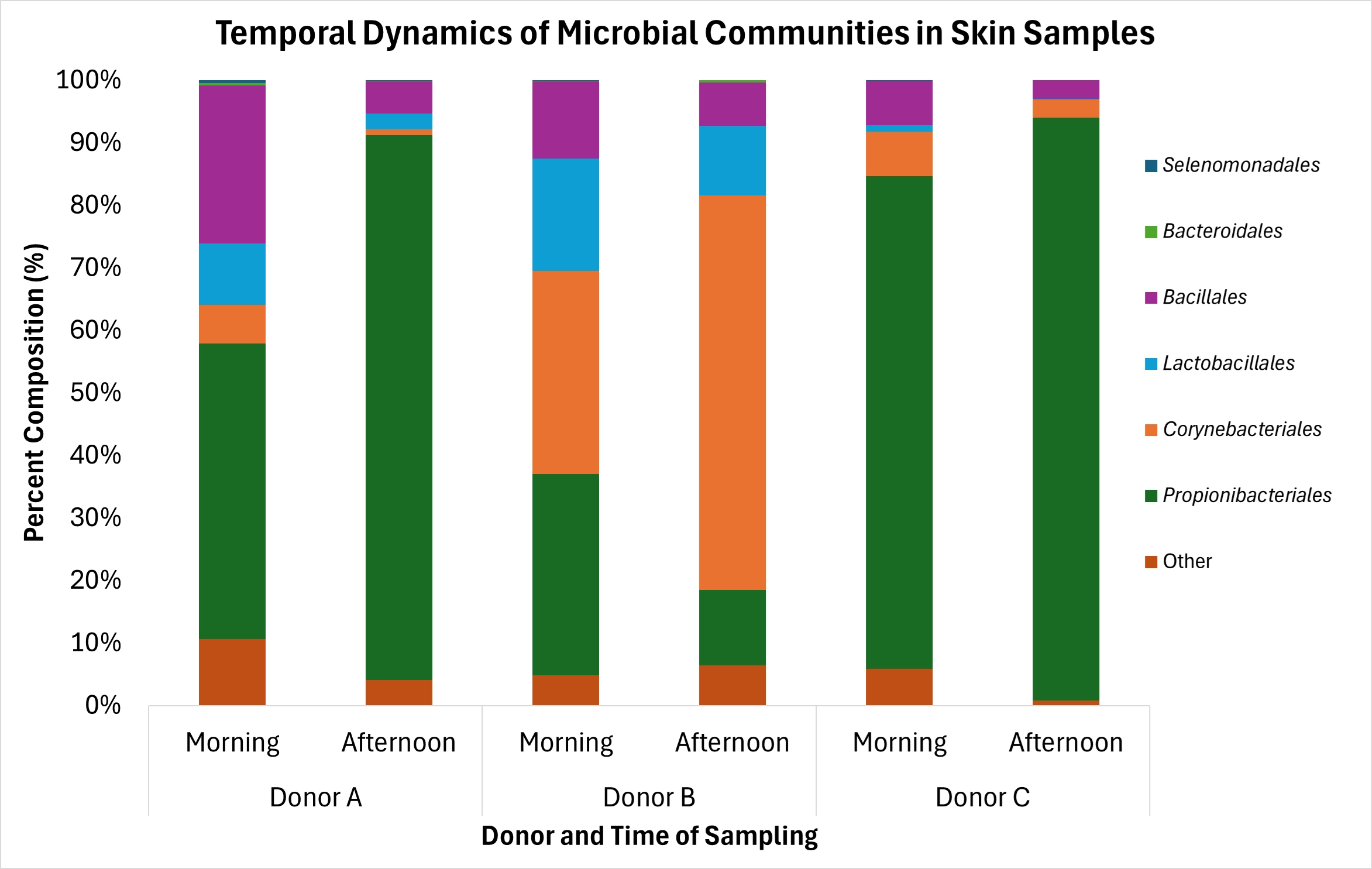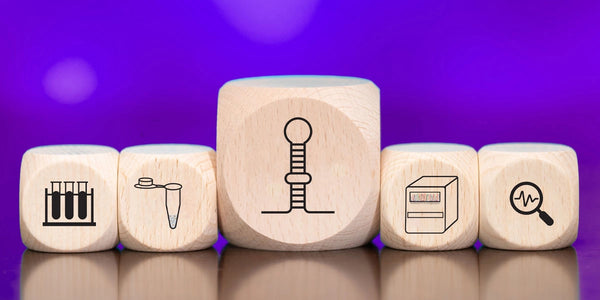Ready, Set, Lift! The Future of Skin Sampling is Here
Explore How This Next-Generation Skin Collection Device is Setting the New Industry Standard
The Critical Role of Skin Microbiome Analysis
In the dawn of a new era of personalized medicine and convenient at-home direct-to-consumer testing, skincare experts are just beginning to realize the critical importance behind analyzing the fungal and microbial composition of each person's skin. Companies like Dr. Elsa Jungman, utilize the microbiome to create tailored skincare solutions for individuals.1 Just as the gut microbiome varies significantly between individuals, no two people will share the same skin microbiome, underscoring the urgent need to establish a standardized method of collection.2
Traditionally, skin samples have been collected using dry swabbing techniques; however, this method yields poor DNA recovery. An alternative approach involves wetting the swab with an agent beforehand to enhance DNA yield. The process of wet swabbing can be cumbersome as it necessitates the use of two separate tubes—one for the wetting solution and another for the preservation reagent—potentially leading to confusion in identifying the tubes.
Introducing the EpiLiftTM – The New Standard In Skin Sampling
Designed with a focus on enhancing the user experience, the EpiLift™ collection device streamlines the sample collection process by eliminating the need for a wetting solution while simultaneously ensuring a superior recovery of both host and microbial DNA and RNA. Through the innovative utilization of a dual-sided adhesive applicator, EpiLift™ maximizes the sampling area, ensuring comprehensive collection. Paired with the exceptional performance of DNA/RNA Shield™ reagent, this kit stabilizes and preserves all nucleic acids upon collection, setting a new standard in sample integrity and efficiency.

In a direct comparison between the EpiLift™ collection device and conventional dry swabs, it was found that samples collected with EpiLift™ yielded more than 7 times the total DNA across samples from four different donors (Figure 1). When compared against a wet swab, donors not only reported a more comfortable and user-friendly sample collection experience, but the DNA yields were comparable and less variable when collected with EpiLift™ (EpiLift™ DNA: 32.81 ng ± 4.767; Wet Swab DNA: 28.99 ng ± 21.08).
More than Skin Deep: How and When Matters When Sampling Skin Microbes!
In addition to the method of collection, the time at which samples are collected is also critical to the standardization of skin microbiome analysis. Previous literature by Wilkins et al. clearly demonstrated that the skin microbiome can undergo significant changes at different collection timepoints using swab method of collection (Wilkins et al., 2021). Establishing a standardized method of collection is crucial for maintaining consistency and accuracy across data comparisons, ultimately leading to more reliable and interpretable data. With EpiLift™, the protocol and device allow for more precise collection of nucleic acids compared to traditional collection methods.
To demonstrate the changes that can occur in the skin microbiome throughout the day, volunteers collected their own cheek samples using the EpiLift™ collection device in the morning and then later again in the afternoon. Sample analysis revealed that the microbial profiles are variable between donors and throughout the day, with some orders of bacteria such as Propionibacteriales and Corynebacteriales changing composition by as much as 30% (Figure 2). This data highlights the importance of establishing a standard method of sample collection, including the time at which samples are collected. With the EpiLift™, researchers can improve data reproducibility and quality through a consistent collection device.

EpiLift™ is setting the new gold standard for skin microbiome sampling, combining efficiency, accuracy, comfort, and superior sample collection into an easy-to-use device. Discover the superior performance of EpiLift™ firsthand by claiming your complimentary sample today and connect with our scientists to receive expert advice and solutions tailored to your specific applications.
References
- Times, M., Times, M., & Times, M. (2022, November 7). Maximizing on the skin microbiome movement. Microbiome Times Magazine - Reporting on the Latest Microbiome Business & Scientific Developments. https://www.microbiometimes.com/maximizing-on-the-skin-microbiome-movement/
- Rinninella, E., Raoul, P., Cintoni, M., Franceschi, F., Miggiano, G. A. D., Gasbarrini, A., & Mele, M. C. (2019). What is the Healthy Gut Microbiota Composition? A Changing Ecosystem across Age, Environment, Diet, and Diseases. Microorganisms, 7(1), 14. https://doi.org/10.3390/microorganisms7010014
- Wilkins, D., Tong, X., Leung, M.H.Y. et al. Diurnal variation in the human skin microbiome affects accuracy of forensic microbiome matching. Microbiome 9, 129 (2021). https://doi.org/10.1186/s40168-021-01082-1


